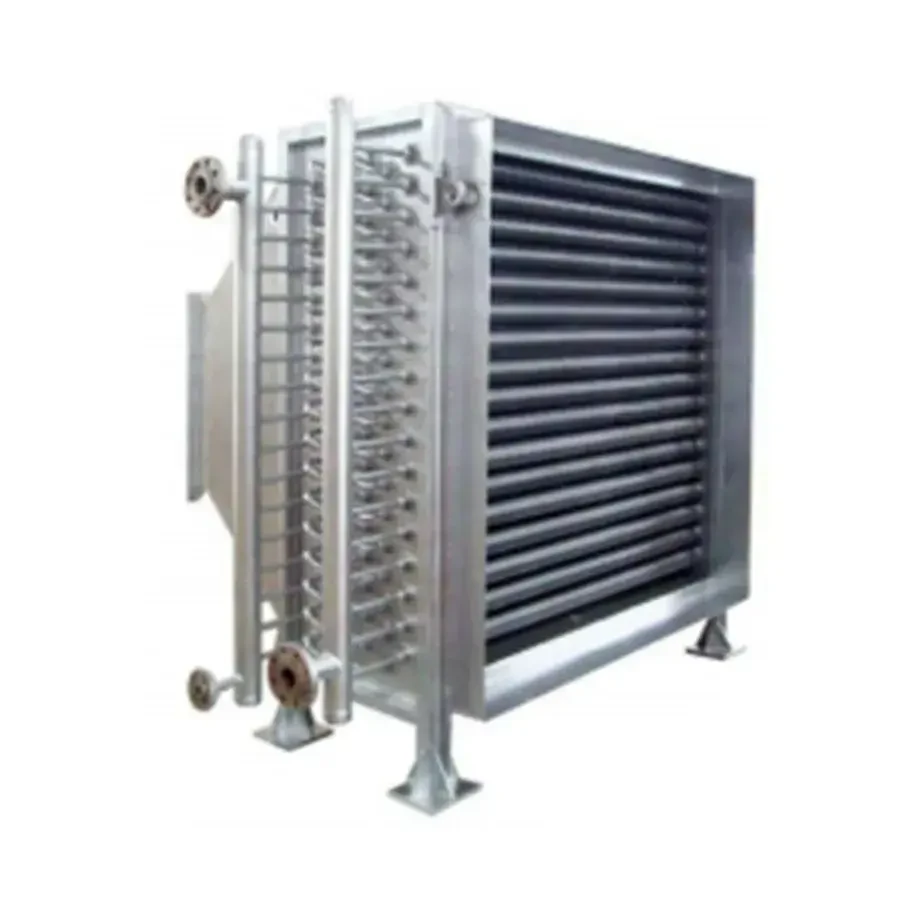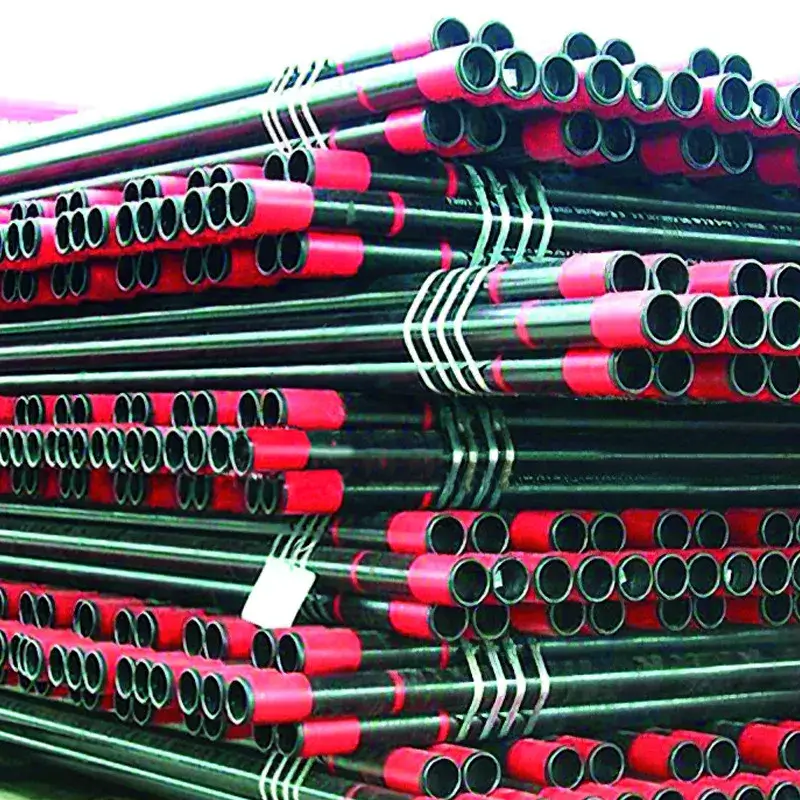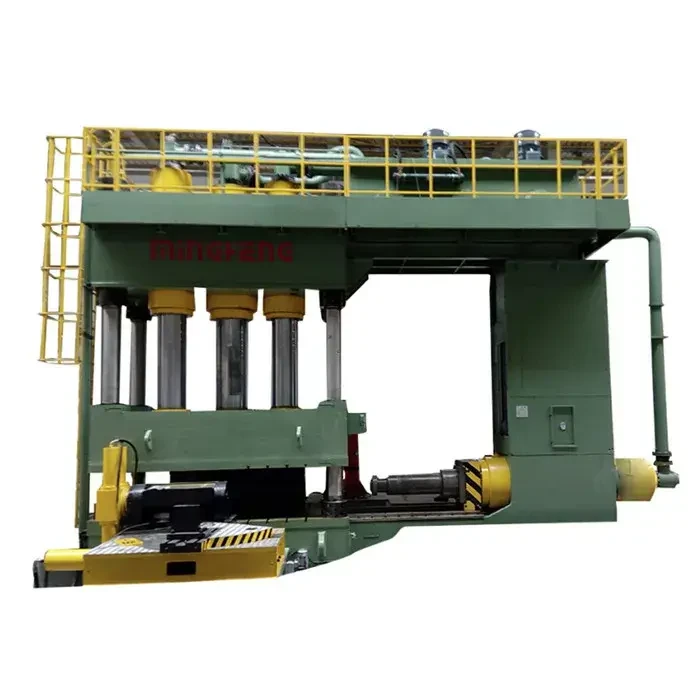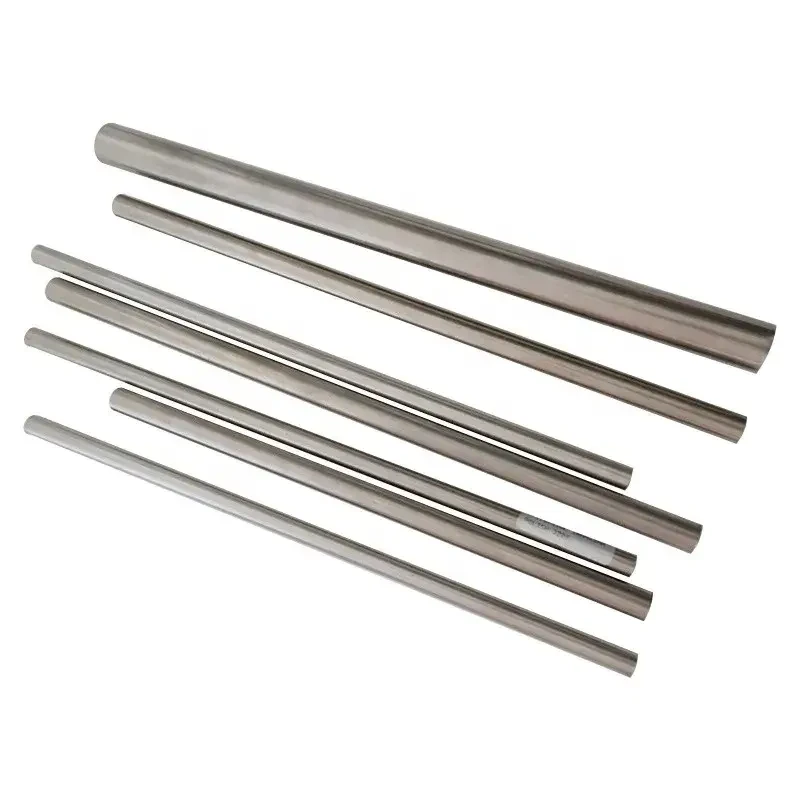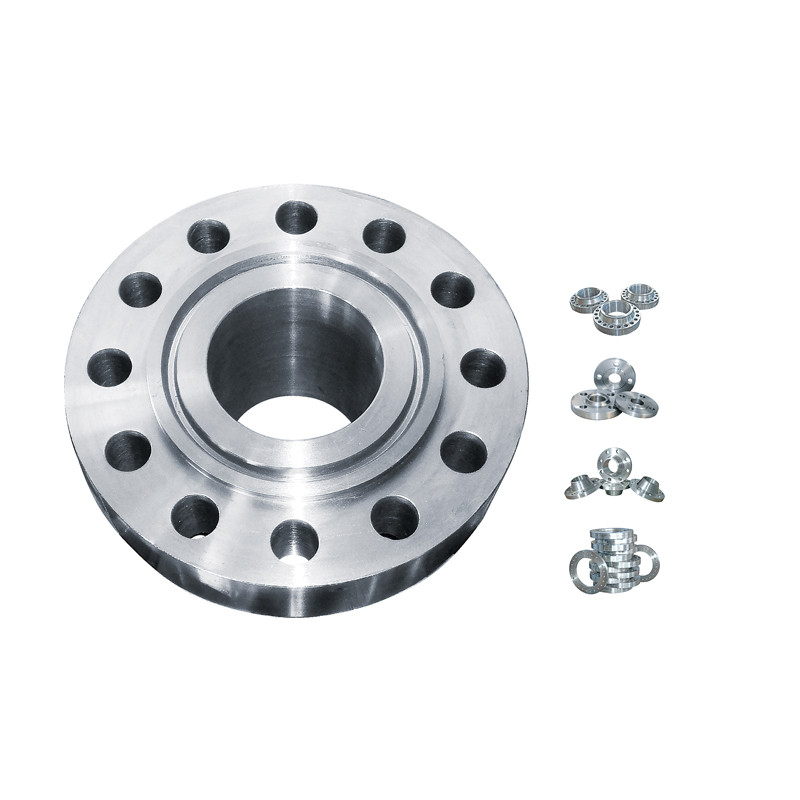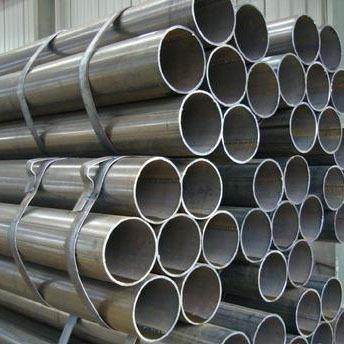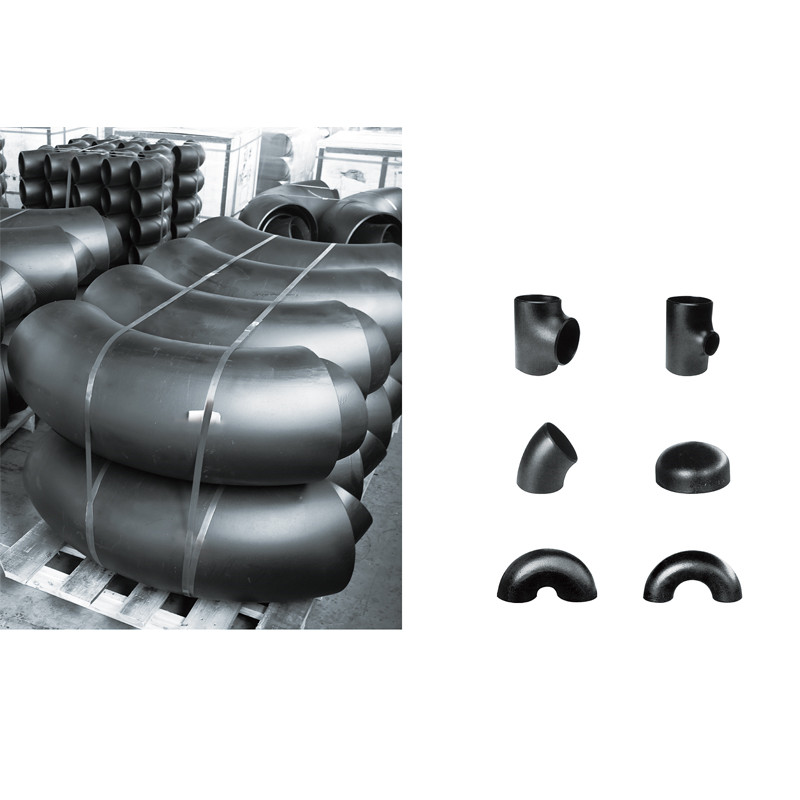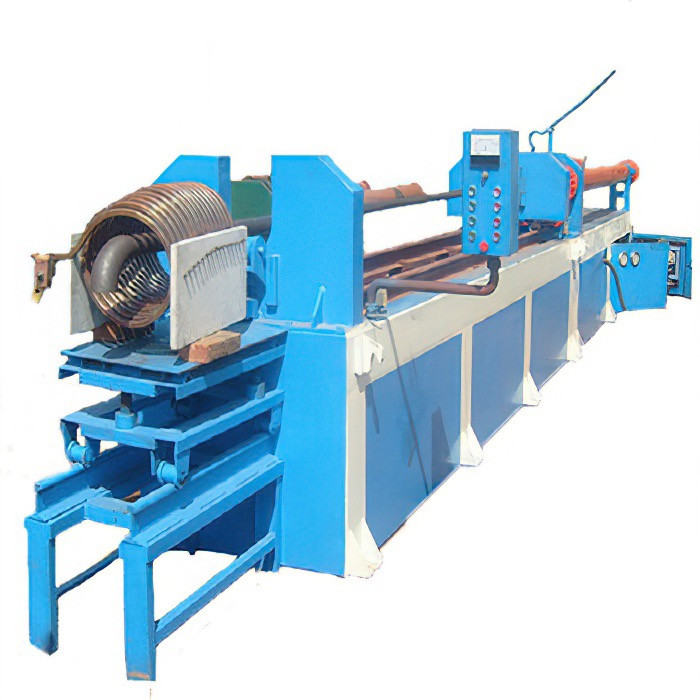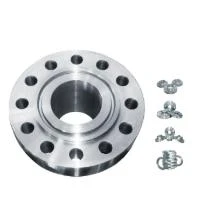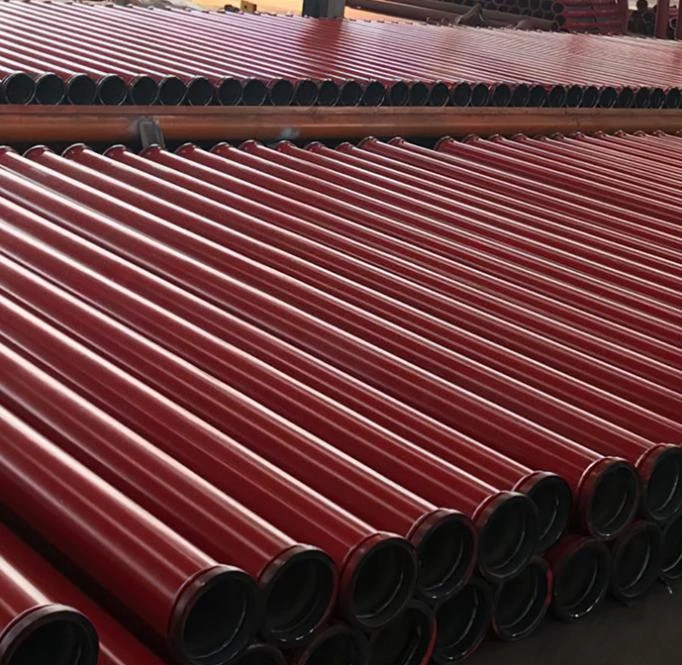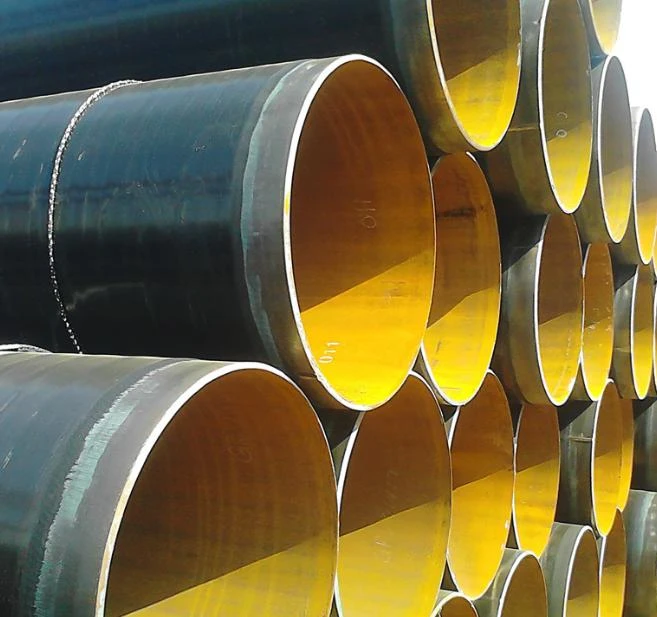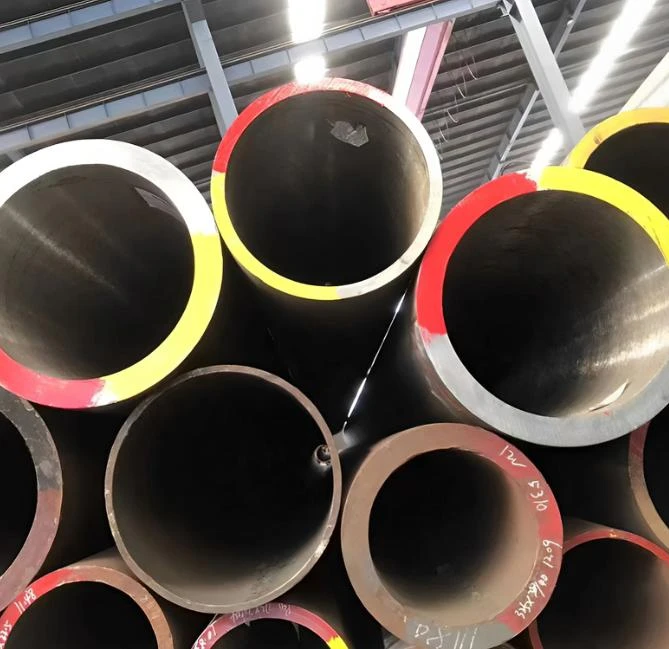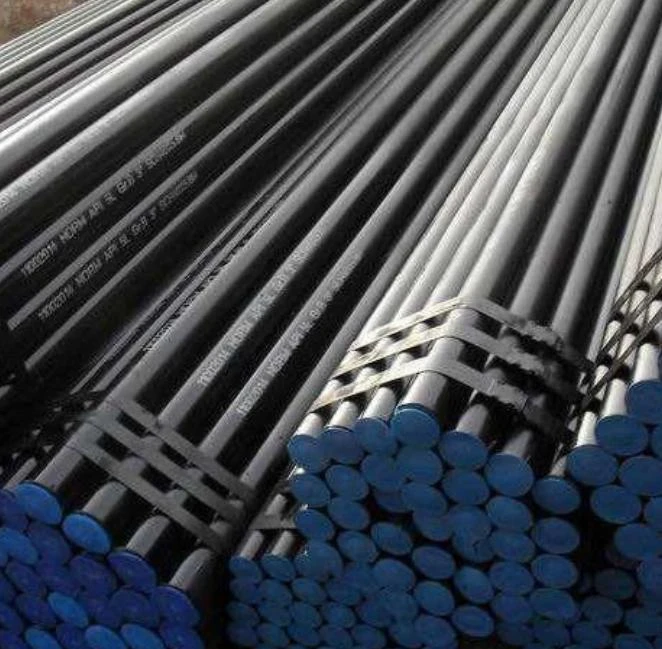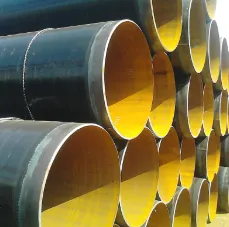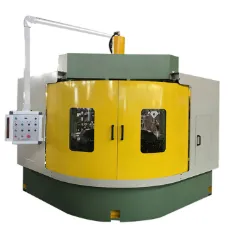In the era of rapid industrialization and urban expansion, high-performance firefighting pipe solutions remain at the heart of efficient safety engineering. This article provides a comprehensive industry overview, explores cutting-edge materials and manufacturing processes, and offers authoritative guidance for choosing reliable fire fighting pipe line solutions. As an industry leader, World SteelMaterial delivers ASTM A53 BS1387-compliant firefighting pipe with advanced corrosion resistance and excellent mechanical strength, certified by ISO, ANSI, and international fire safety authorities.
1. Industry Trends & Market Outlook: Firefighting Pipe Solutions
With global fire safety regulations tightening and insurance standards rising, the firefighting pipe market is witnessing a surge in demand across construction, petrochemicals, metallurgy, and water management sectors. According to MarketsandMarkets, the global fire protection system market will reach USD 95.4 billion in 2025, growing at 7.5% CAGR.
The demand for specialized pipes, including gi pipe for fire fighting and hdpe pipe for fire fighting, is further prompted by evolving environmental requirements and the need for sustainable, high-strength solutions.
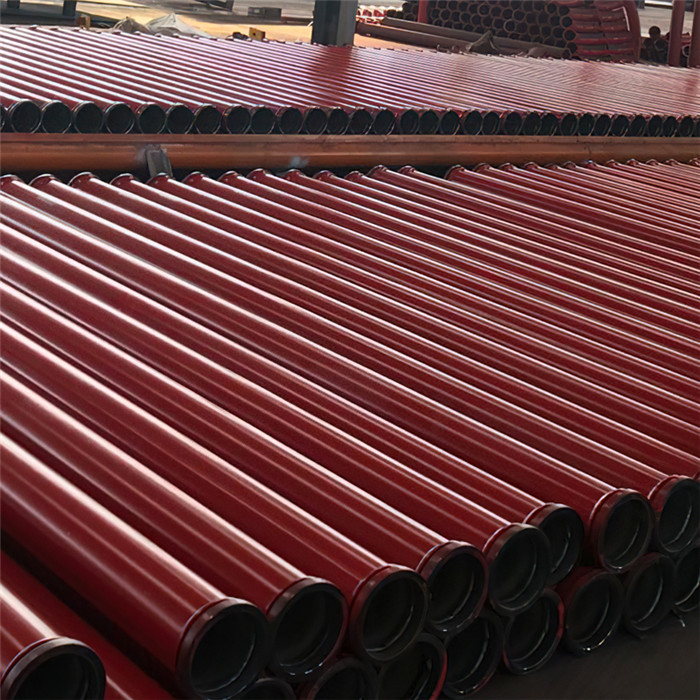
Key Industry Drivers
- Stricter building codes (NFPA, EN, ISO standards)
- Smart city and infrastructure investments
- Increasing preference for anti-corrosive, long-lifespan pipes
- Integration of fire fighting pipe line with digital monitoring systems
2. Firefighting Pipe Core Types & Application Scenarios
Comparison Table: Firefighting Pipe Systems
| Type | Material | Standard | Corrosion Resistance | Lifespan | Max. Pressure | Common Applications |
|---|---|---|---|---|---|---|
| Carbon Steel Pipe (GI) | Galvanized Steel | ASTM A53, BS1387 | 7/10 | >25 yrs | ~25 bar | Building, Industrial Plants |
| HDPE Pipe | High-Density Polyethylene | ISO4427, ANSI/AWWA C901 | 10/10 | 50+ yrs | ~16 bar | Underground, External Installations |
| Stainless Steel Pipe | SS304/316 | ASTM A312 | 9/10 | 40+ yrs | ~35 bar | Clean Room, Hospitals |
| Ductile Iron Pipe | Ductile Iron | ISO2531 | 8/10 | 60+ yrs | ~25 bar | Mains, Waterworks |
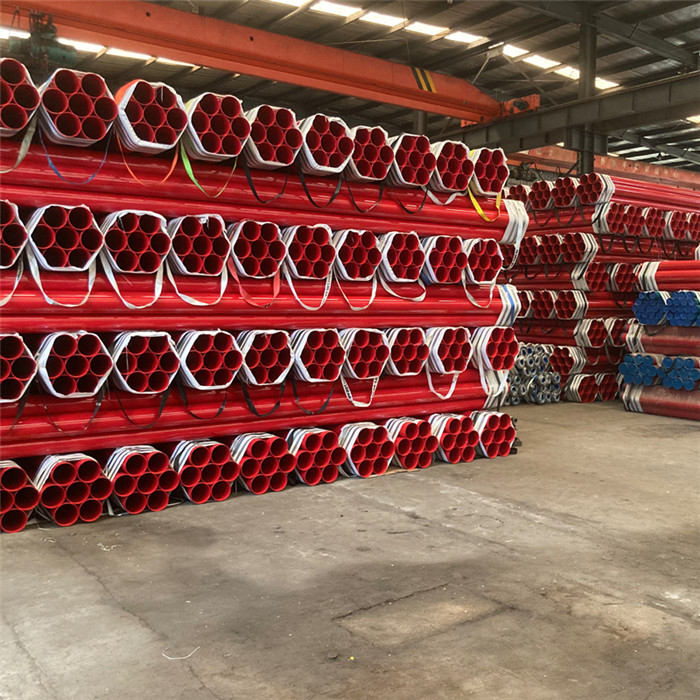
Key Application Scenarios
- High-rise residential/commercial fire protection networks
- Petrochemical plant and tank farm protection
- Industrial zone/warehouse smoke suppression systems
- Municipal water supply and fire fighting pipe line
3. Firefighting Pipe (ASTM A53 BS1387): Product Overview
Product Profile
Firefighting pipe (ASTM A53 BS1387) adopts high-grade galvanized carbon steel for robust fire suppression applications meeting NFPA, FM, and UL directives. With precise CNC finishing, hot-dip galvanizing, and multi-stage hydrostatic testing, the product offers exceptional anti-corrosion performance and lifetime leakage-free service.
- Material: Premium Carbon Steel (Q235, Q345, GR.B, S235JR) – ISO9001 certified
- Size Range: DN15 – DN300 (½” ~ 12” inch)
- Wall Thickness: Schedule 10-80 (SCH10–SCH80)
- Surface: Red/Black/Hot-dip Galvanized, Epoxy powder coated
- Service Pressure: Up to 2.5MPa (25bar)
- Standards: ASTM A53, BS1387, ISO 9001, EN10255
- Used in: Sprinkler systems, fire hydrant loops, water mist networks, zone isolation
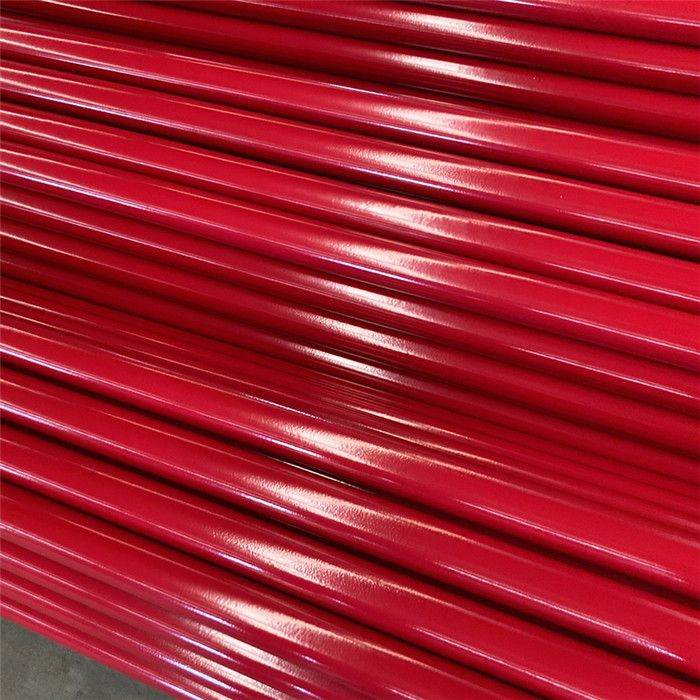
Product Technical Data
| Parameter | ASTM A53/BS1387 Spec | World SteelMaterial Value |
|---|---|---|
| Diameter Range | DN15–DN300 | DN15–DN300 |
| Wall Thickness | 2.3–8.1 mm | 2.6–8.0 mm |
| Material Grade | GR.A, GR.B | GR.B, S235JR |
| Surface | Galvanized/Red | Epoxy/HDG |
| Zinc Coating | ≥210g/m² | 240–350g/m² |
| Burst Test Pressure | ≥2.4MPa | 2.5–2.7MPa |
| Certifications | ISO9001, NFPA | ISO9001, FM, UL |
4. Firefighting Pipe Manufacturing Process: Flow Chart & Key Insights
- Raw steel API/ISO coils certified through source testing.
- Automatic high-frequency ERW welding ensures uniform wall thickness & minimal defects (ISO 9001:2015).
- Hot-dip galvanizing (zinc layer ≥210g/m²) for superior corrosion control; optional powder epoxy coating meets FM/UL.
- CNC end machining achieves tolerance to ±0.5mm, per ASTM/BS standards.
- Hydrostatic testing (per EN10226) — all pipes tested at 2.5MPa for leak-proof security.
- Full traceable labeling (QR code, batch, spec) for project handover and inspection compliance.
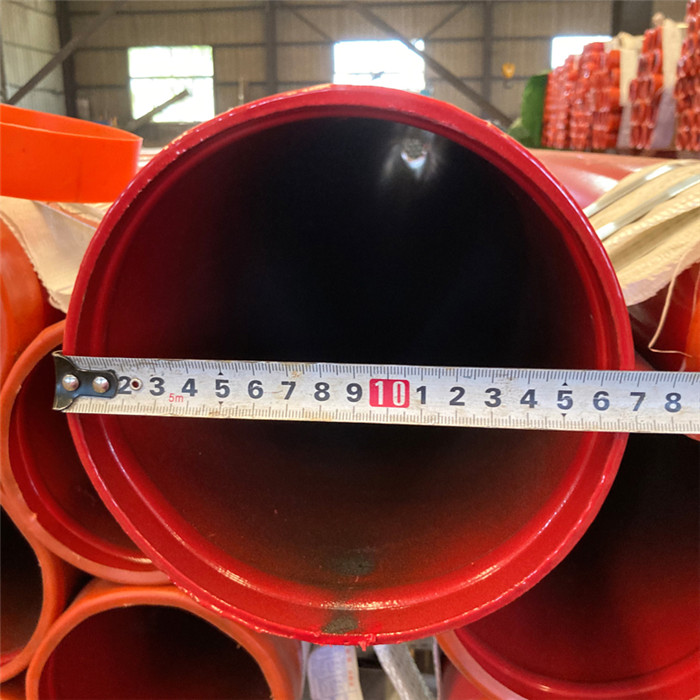
5. Technology Advantage & Manufacturer Comparison
Why Choose Firefighting Pipe (ASTM A53 BS1387)?
- Excellent Corrosion Resistance: Thick zinc/epoxy layer endures 99.9% urban & marine atmospheres (per ISO 9227 - 1200h salt spray test: no rust).
- Superior Consistency: CNC end processing & precise welding meet ANSI B36.10 for seamless system integration.
- Proven Fire Endurance: Exceeds minimum 2-hour thermal shock tests under live flow (UL, FM certified).
- Global Compliance: Meets ASTM A53, BS1387, ISO, FM, UL, and local code (GB5135, EN10255) certifications.
- Environmental Commitment: Recyclable steel, green process, ISO14001 certified production.
Manufacturer/Brand Comparison Table
| Brand | Certifications | Standard Compliance | Customization | Typical Lead Time |
|---|---|---|---|---|
| World SteelMaterial | ISO9001, FM, UL, CE | ASTM A53, BS1387, EN10255 | Yes (marking, color, size) | 7–25 days |
| Jindal Pipes | ISO, BIS | ASTM, IS | Partial | 15–30 days |
| Tianjin Youfa | ISO, CCC, CE | ASTM, GB | Yes (size) | 10–28 days |
| Tata Steel | ISO, Lloyd's | IS, EN | No | 18–40 days |
6. Custom Engineering & Solution Delivery
Need to match challenging project specs or regulatory demands? World SteelMaterial provides end-to-end custom firefighting pipe manufacturing, including:
- Non-standard wall thickness, diameter, length (up to 16m)
- Bespoke surface colors (RAL/FIRECODE®), marking, and logo
- Factory-mounted grooved/ threaded ends for modular assembly
- Dual or triple anti-corrosion coatings (hot-dip/ expoxy/ PE)
- Bulk packing, orientation marking, laser QR batch ID
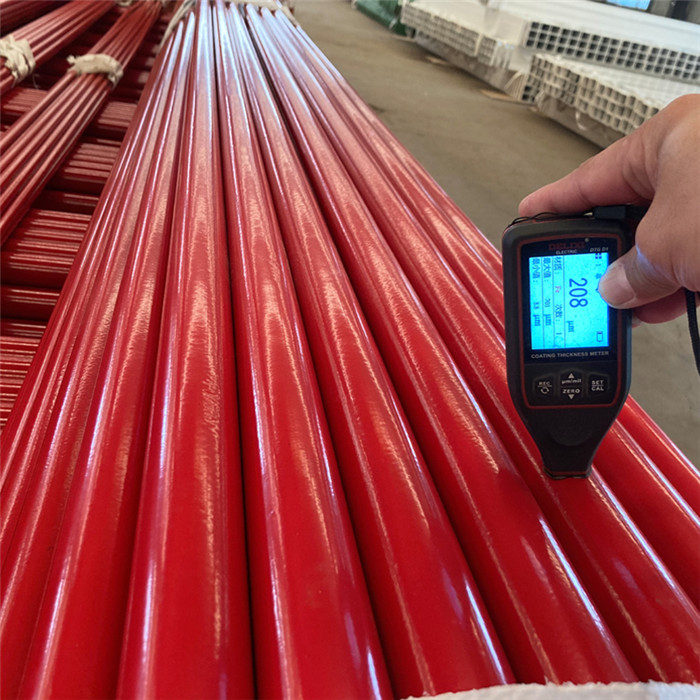
Delivery Period, Warranty, & After-Sales Support
- Standard delivery within 7–25 working days (subject to order volume & customization)
- 5-year comprehensive quality warranty (certified product batch)
- 24/7 multilingual technical support; on-site installation advice
- Full documentation and certificates available with each batch
7. Real-World Applications – Case Studies & Feedback
Industrial Chemical Park – China
Background: 90,000 m² chemical park required resilient fire fighting pipe line with acid-resistant coating and tightly controlled installation tolerances.
Solution: World SteelMaterial supplied 18,000 meters of firefighting pipe, dual-layer (epoxy+HDG) and custom grooved ends.
Result: Passed all national inspections; zero incidents during 3 years of operation.
Dubai High-Rise Hospitality Tower
Background: Ultra-tall mixed-use building with FM/UL strict fire norms.
Solution: Rapid production of 6,500m gi pipe for fire fighting with full UL marking and 4-week accelerated schedule.
Result: On-time opening; flawless integration with smart sprinkler automation.
FAQ: Firefighting Pipe – Technical Questions & Answers
- Q1: What is the recommended material for fire fighting pipe line systems?
- For most large-scale fire fighting pipe line networks, galvanized carbon steel (GI), like ASTM A53 BS1387, is recommended due to its mechanical strength, compliance with international standards, and availability of threaded/grooved connections. HDPE pipes are ideal for underground or external applications owing to flexibility and superior corrosion resistance.
- Q2: How to select the correct specification (diameter, wall thickness)?
- Specifications depend on system design flow, pressure, and code compliance (e.g., NFPA 13/24). Typical diameter: DN25–DN200; wall thickness: SCH10 to SCH40 for pressures up to 2.5MPa. Consultation with designers is recommended for critical lines.
- Q3: Which anti-corrosion coating is most effective for firefighting pipe longevity?
- Hot-dip galvanizing (minimum 210g/m² zinc) and/or fusion bonded epoxy (FBE 300μm+) offer best-in-class corrosion protection. For marine or chemical exposure, dual coatings are suggested.
- Q4: What are the main industry test and certification requirements?
- Pipes for fire fighting systems must pass hydrostatic pressure tests (ASTM A53/EN10226), surface adhesion checks, dimension/visual defect inspections, and be certified to ISO9001, FM, UL, or CE where required.
- Q5: Can pipe ends (threaded/grooved) be factory-machined?
- Yes, advanced CNC/robotic machining ensures high-precision grooved or threaded ends according to ANSI B1.20.1 or AWWA C606, reducing on-site labor and boosting leak-proof performance.
- Q6: What installation standards apply?
- Installation should follow NFPA 13/24, EN12845, or relevant local codes. Use certified couplers/fittings, verify pipe supports, and perform hydrostatic testing post-assembly.
- Q7: Is on-site technical support available?
- World SteelMaterial provides remote/onsite installation support, including pipe layout, documentation, and troubleshooting—all included as standard for major international projects.
8. References & Industry Authority
- NFPA 13: Standard for the Installation of Sprinkler Systems – NFPA
- ISO 6182, EN 10255 – Steel Pipe Standards for Fire Protection
- Fire Protection Systems Market Analysis 2024
- UL/FM Listings, FM Approval Standards: FM Global
- Case reports from Mike Holt forums and SFPE Journal of Fire Protection Engineering
Post time: Jul . 29, 2025 18:00


